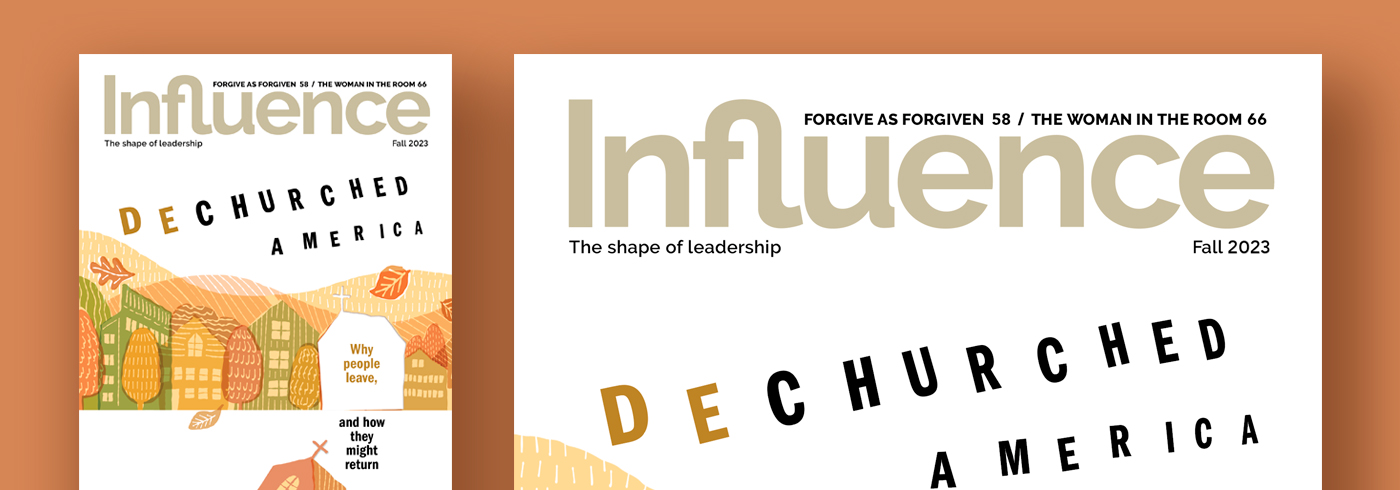An Atmosphere of Prayer
Help your worship team strike the right tone during altar time
The message was inspiring, and the call to respond is clear and compelling. People start streaming toward the altar.
Suddenly, the music becomes so loud people can barely hear themselves think — much less pray with those around them.
Most just stand around and sing. When the chorus wraps up three minutes later, congregants return to their seats. The pastor encourages people to linger, but the moment has ended.
Has this happened to you? When an altar time falls flat, lack of passion is seldom the problem. It’s often an indication that the worship team needs to work on creating an atmosphere of prayer.
While corporate worship has reached new levels of creativity and excellence, churches of all sizes struggle to strike the right tone during altar ministry.
Corporate worship at the beginning of a service and altar time at the end are not the same.
Altar calls are opportunities to respond to God’s Word and experience life-changing encounters with His Spirit. The worship team can help facilitate these moments around the altar.
As a worship leader, I think of myself as a server at a banquet. My role is to set the table, invite the Lord’s presence, and wait on Him and His people quietly.
I linger in the background, watching for opportunities to serve. Without disrupting conversations or drawing attention to myself, I keep things flowing.
If I do my job well, no one is even thinking about it. My contribution simply adds to the beauty of the experience.
Worship teams should seek to create an atmosphere where people can linger, pray, and hear from God.
Keep It Simple
The worship team works hard, but altar ministry is not supposed to draw attention to lyrics and instrumentals. It’s a time to fade into the background and serve.
Band members often overplay without realizing it. For some players, it takes practice and intentionality to avoid dramatic bass sounds, guitar licks, or keyboard flourishes.
Keep it simple. The truth is, simplicity can be beautiful.
Simple rhythms make it easier to follow the speaker during altar times. If he or she wants to talk, drop the volume immediately. If the moment calls for more intensity, turn it up.
Mirror the speaker’s energy, ministering collaboratively rather than going in different directions.
I’ve often observed speakers trying to make changes during altar time, while worship team members missed the cues and forged ahead with their own plans.
Keep It Flowing
Worship in many churches is highly structured. The service is mapped out, with every moment planned.
Unfortunately, it’s easy to become so wrapped up in the plan that we forget how to follow the Spirit’s guidance.
If we want people to linger in God’s presence, we need to adopt a more flexible approach. That doesn’t mean no structure, but one that allows for spontaneity.
In fact, planning is essential to the process. Just as preachers should develop an altar call as part of sermon preparation, worship teams need to work on this aspect of the service.
Pastors, worship leaders, band members, and singers each have
a role to play in helping people encounter God around the altars.
Often, the tendency is simply to repeat the last song from corporate worship. However, that does not always fit the altar call or encourage engagement among congregants.
An instrumental progression can be a better choice, or a simple song that matches the message and tone of the altar call.
Practice the altar service just as you rehearse corporate worship. Work on a musical phrase of no more than four chords, and have the band play it repeatedly.
Incorporate this into each practice session, praying as you play. Stop the click track, and enjoy the presence of God without overthinking the music.
I recently visited a church that closed with a wonderful, extended prayer time. Throughout this portion of the service, worship team members played three or four songs in a rotation.
The selections were familiar, simple, and worked well together. The band flowed seamlessly from one song to another, and back again.
Impressed by how well this worked, I later put together several similar sets. Having rotations that don’t require as much thought has helped our team flow more freely during altar times.
Keep It Steady
When percussion intensity increases, the rest of the band typically matches it. The problem is, the resulting volume can overwhelm an altar service.
It’s a practical issue.
Turn down the volume. Play medium-soft, and stay there.
Ask the drummer to play a simple pattern as the band repeats an uncomplicated chord progression. Try doing this steadily for 15 minutes, and notice how easy it is.
Besides enabling people to hear, this approach accomplishes several things.
First, time seems to disappear. Congregants unconsciously measure time by the number of songs they hear. But with a simple, steady dynamic, 30 minutes may pass without anyone noticing.
An equally important benefit is the band and congregants won’t tire as quickly. This is especially helpful in camp and conference settings, where the physical drain of long services is real.
Finally, a steady style blunts the accusation of using music to create an emotional experience. The goal is simply providing accompaniment to what the Spirit is doing, instead of driving the moment.
Keep It Pentecostal
As a teen, I attended a missionary retreat, where I led worship for students.
The speaker, Scott Wilson, had been teaching about the gifts of the Spirit. Suddenly, in the middle of worship, Wilson stood in front of me and said, “Stop singing the song! Sing your own song!”
I started singing from my heart, spontaneously and prophetically, in cooperation with the Holy Spirit. That moment changed my life and the way I lead worship.
The apostle Paul encouraged singing “songs from the Spirit” (Ephesians 5:18–19; Colossians 3:16).
There’s something powerful about such worship. When everyone in the room joins in, it creates a harmonious cloud of prayer — my favorite sound. It can help open people’s hearts to what God is doing during the altar service.
Although I often heard this kind of Pentecostal singing growing up, it seems few churches practice it today.
Nevertheless, if a worship team is willing to engage in this way, congregants will learn to follow suit.
We frequently practice such singing with our team. Anytime there is an interlude in the music, even during corporate worship, I encourage team members to follow the Spirit’s prompting and sing freely into the mic.
Pastors, worship leaders, band members, and singers each have a role to play in helping people encounter God around the altars.
Romans 12:4–5 says, “Just as each of us has one body with many members, and these members do not all have the same function, so in Christ we, though many, form one body, and each member belongs to all the others.”
As we collaborate with one another and the Holy Spirit, an atmosphere of prayer will pervade our altar times.
This article appears in the Spring 2025 issue of Influence magazine.
Influence Magazine & The Healthy Church Network
© 2025 Assemblies of God

